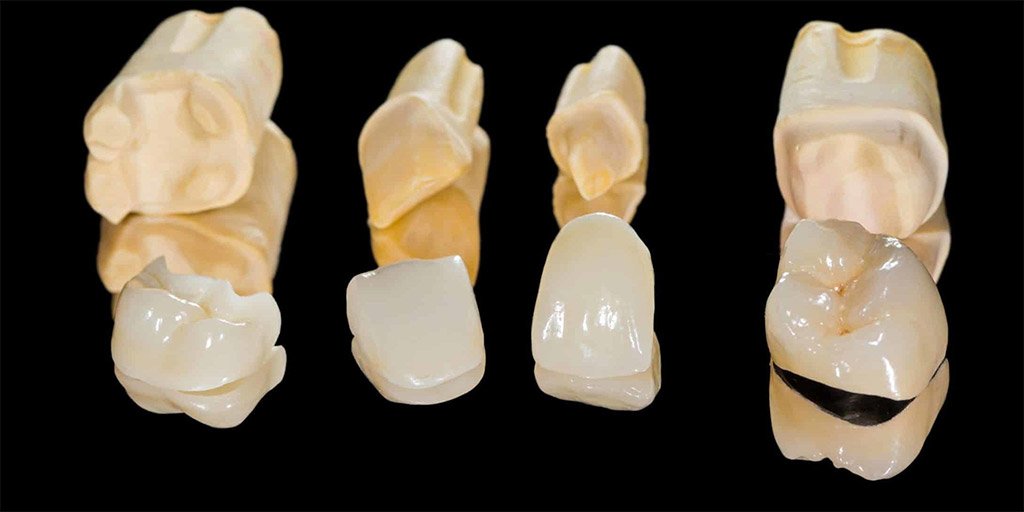Crowns, Bridges and Onlays
What is a dental crown and a dental bridge?
A dental crown is a cap that is placed over a damaged or weakened tooth to restore its shape, strength, and appearance. Crowns can be made from materials like porcelain, ceramic, metal, or a combination of these, with porcelain and ceramic offering the most natural look by mimicking the appearance of real teeth.
A dental bridge, on the other hand, is used to replace one or more missing teeth by anchoring an artificial tooth (or teeth) to the natural teeth or implants on either side of the gap. Like crowns, bridges can be made from porcelain, ceramic, or metal, ensuring a strong, natural-looking restoration. Both crowns and bridges are custom-made to match the color and shape of your existing teeth, making them blend seamlessly with your smile.
Is there a more minimally invasive option? Onlays or Inlays?
Yes, a more minimally invasive option compared to crowns or bridges is the use of onlays. Onlays are a type of indirect restoration that covers a portion of the tooth, typically used when the damage is too extensive for a regular filling but does not require a full crown. Unlike crowns, which cover the entire tooth, onlays preserve more of the natural tooth structure because they only cover the damaged or decayed areas. Made from materials like porcelain, composite resin, or gold, onlays are custom-designed to fit your tooth and can provide a natural appearance while offering a durable, long-lasting solution with less tooth reduction. This makes onlays a more conservative choice when the tooth structure allows for it.
What does the procedure involve?
The procedure for getting a dental crown or bridge typically involves two appointments. During the first visit, the dentist prepares the tooth by reshaping it to accommodate the crown or by preparing the adjacent teeth in the case of a bridge. An impression or digital scan of the teeth is taken, and a temporary crown or bridge is placed to protect the area while the permanent restoration is being made. The impressions are sent to a dental lab, where the custom crown or bridge is fabricated. After about three weeks, the patient returns for the second appointment, where the temporary restoration is removed, and the permanent crown or bridge is carefully fitted, adjusted, and securely cemented in place.




